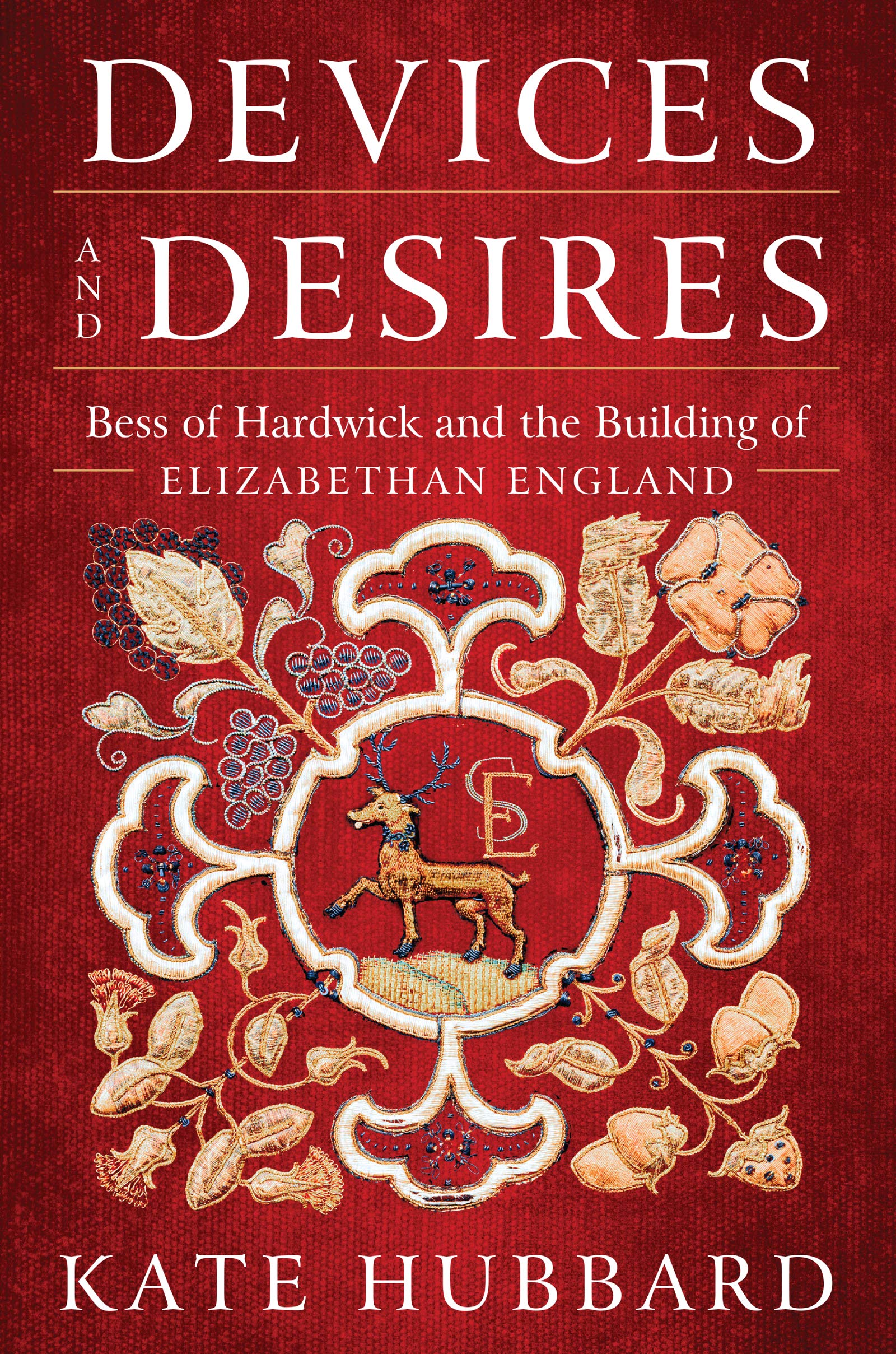Devices and Desires by Kate Hubbard
/Devices and Desires: Bess of Hardwick and the Building of Elizabethan England
By Kate Hubbard
Harper, 2019
“One pictures her again and again - a vigorous, vital woman, in proper and dignified weeds, with shrewd and genial face in which the lines of intrigue and sorrow had not yet deepened, moving amongst her army of workmen, fully conscious of the country life about her, though possibly not playing a very active part in it,” the biographer writes about a freshly-widowed Bess of Hardwick, bustling about her works at Chatsworth and her other properties during the bright pinnacle of the Elizabethan era. “But the old zest of living, the old desire of the world, the joys of which she had tasted only at brief intervals, were ineradicable.”
So wrote Maud Stepney Rawson back in 1910 in her big, bouncily-written biography of Bess, the Countess of Shrewsbury, a fascinating figure from the era, forging her own path from husband to husband and massive hall to massive hall at a time when even the most powerful women in society led lives of cloistered domesticity. Bess of Hardwick has been a figure of compelling interest to historians, biographers, and novelists for centuries, and she receives a sparkling, immensely readable new biography from Kate Hubbard called Devices and Desires (disastrously, of course - why would anyone choose a title so well-thumbed that it amounts to a cliché in itself? Why not call it The Reckoning? Or The Girl from Hardwick Hall?). A century ago, Mrs. Rawson emphasized the thing you pretty much have to emphasize when it comes to Bess of Hardwick: that she was a builder, an enthusiastic participant in the building craze of her times - a very different existence, as noted, from most of the other women of her day:
Bess built in the spirit of her times, as a materialist rather than an aesthete, though it mattered to her how things looked, and she was culturally literate too, drawing on classical and biblical sources for the decoration of Harwick’s interiors. However, as a female builder she was an anomaly. An ideal of Elizabethan womanhood posited a passive, obedient creature, producing children, managing her husband’s household, tied to her embroidery.
Devices and Desires is a spirited, wonderful portrait of that iron-willed anomaly. Kate Hubbard spends a good deal of time on all those dead husbands and all those famous buildings, but she also draws in the bewildering details of Bess’ inevitable entanglements with the politics of her day (it was a perilous but also alluring thing to be any kind of rival to Queen Elizabeth, and Queen Elizabeth was always sharp-eyed for rivals), mixing everything into a broader-viewed biography of Bess than she’s ever received. A whole new group of readers will be glad to meet her in these pages and get to know a woman who somehow manages to feel modern to every later era.
—Steve Donoghue was a founding editor of Open Letters Monthly. His book criticism has appeared in the Boston Globe, the Wall Street Journal, The Spectator, and the American Conservative. He writes regularly for the National, the Washington Post, the Vineyard Gazette, and the Christian Science Monitor. His website is http://www.stevedonoghue.com.
